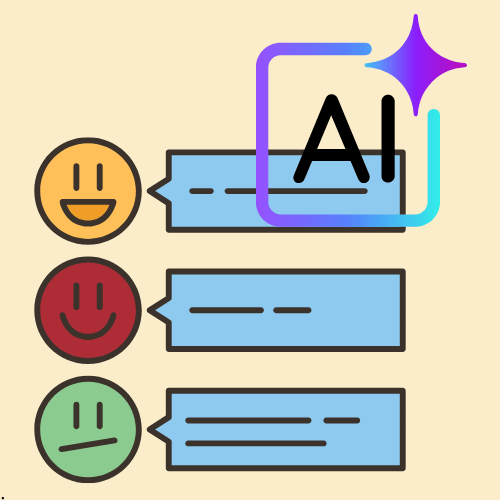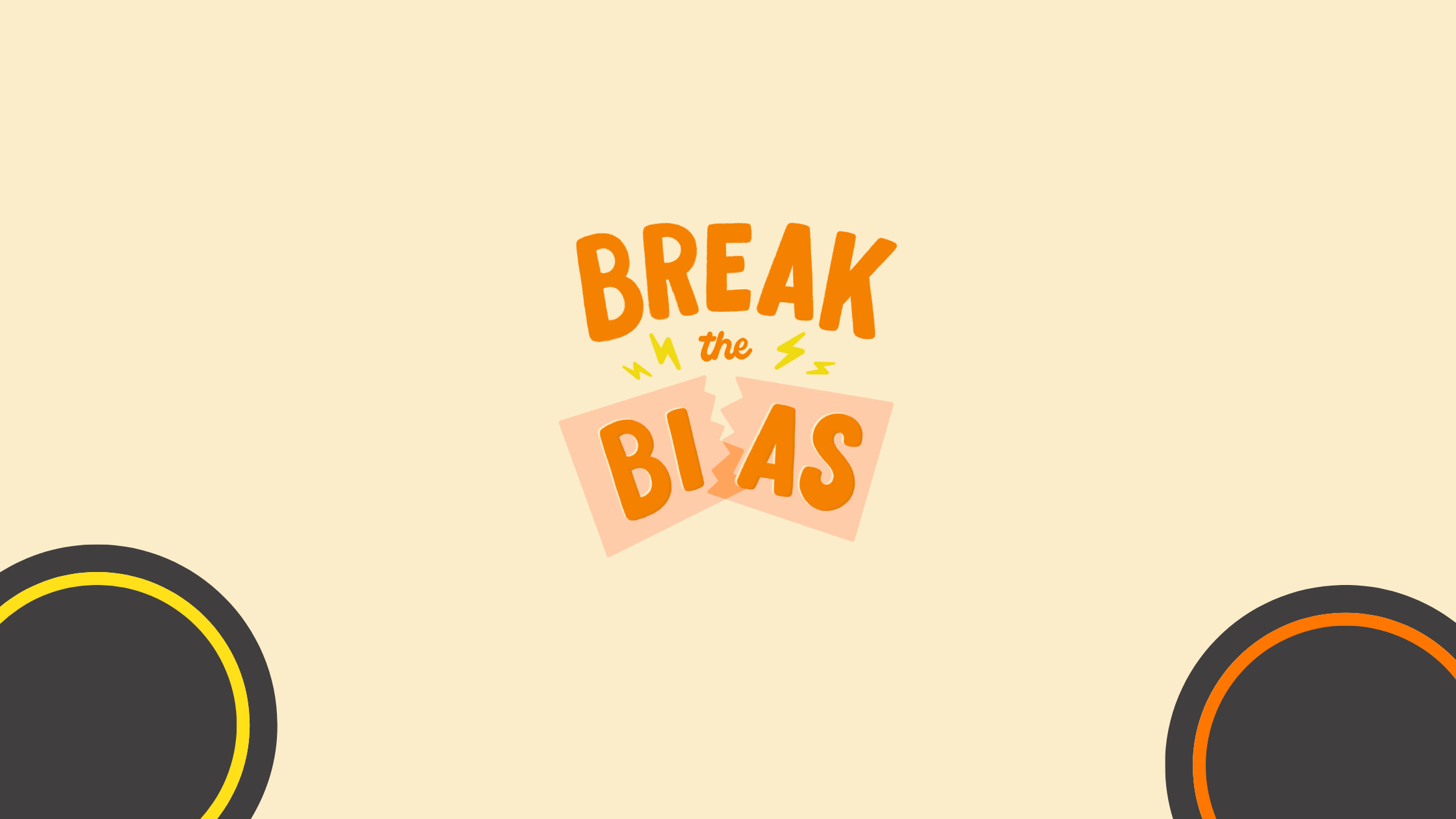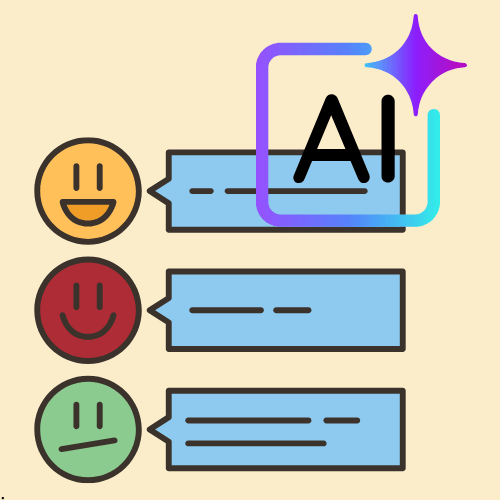AI Customer Satisfaction Questions Generator: Create Better CSAT Surveys, Faster

Strong customer satisfaction surveys start with clear, relevant questions. An AI Customer Satisfaction Questions Generator turns a short brief into draft CSAT items you can refine fast.
You get a head start on wording, coverage, and tone, so teams spend less time staring at a blank page and more time listening to customers.
Chapters
- How the AI Customer Satisfaction Questions generator helps you write better CSAT questions
- When to use a. AI CSAT generator
- Prompt playbook: how to get great outputs
- CSAT question bank you can adapt
- Scales and formats that reduce friction
- Bias checklist (quick fixes you can apply)
- Before vs after: neutral rewrites
- Compact CSAT templates for common scenarios
- Rollout plan: from idea to live survey
- Interpreting results without guesswork
- FAQ
How the AI Customer Satisfaction Questions generator helps you write better CSAT questions

The tool turns a short scenario into a set of ideas you can edit. It adapts to your audience, uses plain language, and avoids tricky constructions that lower completion rates.
You can ask for multiple choice, Likert, open-ended, or matrix style items. Run more than one pass with different prompts, then merge the best results. This is a fast path to a clean, bias-aware survey that feels natural to customers.
Here’s what the AI Customer Satisfaction Questions Generator looks like:

When to use a. AI CSAT generator
- Post-purchase: capture first impressions on product quality, delivery, and packaging.
- After support: measure resolution, speed, and clarity once a ticket closes.
- Service visits: ask about punctuality, courtesy, and workmanship right after the appointment.
- Renewal moments: learn what earns loyalty and what still needs work.
- Onboarding: check early friction points before bad habits set in.
Prompt playbook: how to get great outputs
Give the generator a tight brief. Mention audience, touchpoint, and what you want to learn. Add constraints for scale, count, and reading level.
Prompt formula
Audience + scenario + outcomes + format + count + tone
Example prompts
“New customer CSAT after first order. Focus on delivery time and product condition. 8 questions. 5-point scale. Friendly tone.”
“Support chat CSAT for SaaS users. Resolution, clarity, and speed. 6 mixed questions with 1 open-ended.”
“In-store pickup CSAT. Queue time, staff helpfulness, signage. 7 questions. Simple reading level.”
CSAT question bank you can adapt
Use these as starting points. Edit names and details to match your context.
Overall satisfaction
- Overall, how satisfied are you with your experience today
- Did we meet your expectations
- How likely are you to choose us again
Speed and ease
- How satisfied are you with the time it took to complete your task
- How easy was it to get what you needed
Clarity and support
- How clear was the information you received
- How helpful was the person or resource you contacted
- Was your issue resolved to your satisfaction
Product or service quality
- How satisfied are you with the quality of the product or service
- Was everything as described on our site or in store
Value and future intent
- How satisfied are you with value for money
- How likely are you to recommend us to a friend or colleague
Open-ended follow-ups
- What worked well for you
- What should we improve before your next visit or order
- Anything else you would like us to know
Scales and formats that reduce friction
Choose one scale and stick with it. Switching scales increases mistakes and drop-off.
- CSAT scale: 5-point from Very dissatisfied to Very satisfied.
- Agreement scale: 5-point from Strongly disagree to Strongly agree for statements like “I could complete my task without help.”
- Binary items: Yes or No for simple checks like “Was your issue resolved.”
- Open-ended: one or two prompts at the end to capture context.
Tip: Label both ends of the scale and the midpoint. Customers answer faster and more accurately.
Bias checklist (quick fixes you can apply)

Run your draft through these checks, then regenerate any item that fails.
- Leading language: remove praise words like “excellent” in the question stem.
- Double-barrel: split “How easy and helpful…” into two separate items.
- Unbalanced options: use full ranges, not only positive choices.
- Jargon: replace internal terms with words customers use.
- Negations: avoid “not” and “except” where possible. Ask in a simple, positive form.
Before vs after: neutral rewrites
Before: How amazing was our support today
After: How would you rate your experience with support today
Before: How easy and helpful was the documentation
After: How easy was the documentation to use
Before: Did our fast delivery impress you
After: How satisfied are you with delivery time
Compact CSAT templates for common scenarios
Post-purchase CSAT (8 items)
- Overall satisfaction
- Delivery time satisfaction
- Product condition on arrival
- Ease of checkout
- Clarity of order updates
- Value for money
- Likelihood to purchase again
- What should we improve for next time
Post-support CSAT (7 items)
- Overall satisfaction with support
- Speed of first response
- Clarity of explanation
- Professionalism of the agent
- Issue resolved to your satisfaction
- Likelihood to contact support again if needed
- What could we have done better
Onboarding CSAT (6 items)
- Ease of getting started
- Clarity of steps or instructions
- Availability of help when needed
- Time to first success
- Overall satisfaction with onboarding
- What was the hardest step
Rollout plan: from idea to live survey
Week 1: Define audience and touchpoint. Use the generator to create a long list. Shortlist 10 to 15 items.
Week 2: Run a soft pilot with 30 to 50 responses. Watch completion rate and drop-offs per question.
Week 3: Cut low-value items. Keep it short. Add one open-ended prompt for color.
Week 4: Launch broadly. Track response rate, satisfaction score, and time to complete. Start a monthly review cycle.
Interpreting results without guesswork
Segment by touchpoint: checkout, delivery, support, store visit.
- Compare period over period: look for real movement, not single spikes.
- Pair scores with comments: open-ended answers explain the “why.”
- Close the loop: if a customer leaves a low score and contact info, follow up with a short, helpful note.
Ready to create your CSAT survey?
Describe your scenario, generate a clean set of questions, and publish a survey customers can finish in minutes.
FAQ
What is a Customer Satisfaction Questions Generator
It is a tool that drafts CSAT questions from a short brief so you can build a survey faster with clear, relevant wording.
How many questions should a CSAT survey include
Keep it short. Five to ten items is a good range for response rate and signal. Add one or two open-ended prompts at the end.
Which scale should I use
A 5-point satisfaction or agreement scale works well. Stay consistent across the whole survey.
How do I avoid biased questions
Remove leading words, split double ideas, use balanced options, and write in plain language. Regenerate any item that fails these checks.
Can I use this for different touchpoints
Yes. Create versions for post-purchase, post-support, onboarding, renewals, or in-store visits. Keep only the items that fit the moment.
Other Interesting Articles
- AI LinkedIn Post Generator
- Gardening YouTube Video Idea Examples
- AI Agents for Gardening Companies
- Top AI Art Styles
- Pest Control YouTube Video Idea Examples
- Automotive Social Media Content Ideas
- AI Agent for Plumbing Business
- Plumber YouTube Video Idea Examples
- AI Agents for Pest Control Companies
- Electrician YouTube Video Idea Examples
- AI Agent for Electricians
- How Pest Control Companies Can Get More Leads
- Top Software Development Companies
Master the Art of Video Marketing
AI-Powered Tools to Ideate, Optimize, and Amplify!
- Spark Creativity: Unleash the most effective video ideas, scripts, and engaging hooks with our AI Generators.
- Optimize Instantly: Elevate your YouTube presence by optimizing video Titles, Descriptions, and Tags in seconds.
- Amplify Your Reach: Effortlessly craft social media, email, and ad copy to maximize your video’s impact.
The post AI Customer Satisfaction Questions Generator: Create Better CSAT Surveys, Faster appeared first on StoryLab.ai.


Deixe um comentário